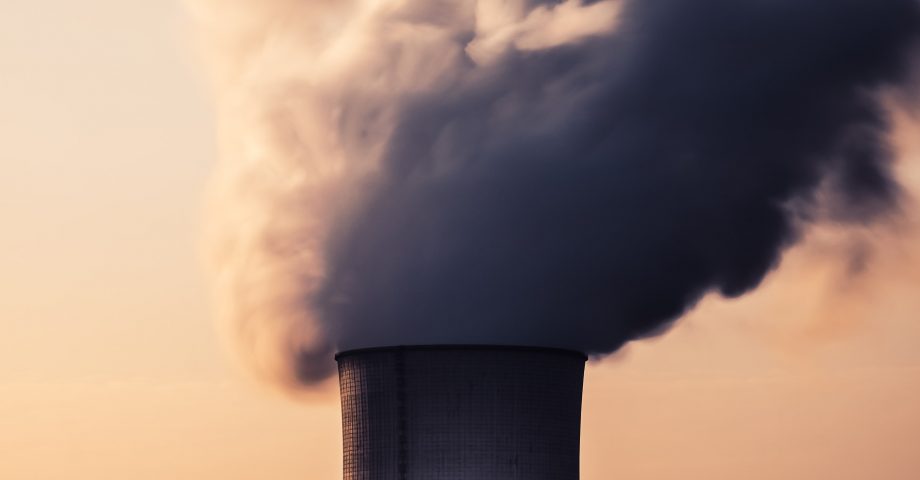It’s a sad fact indeed that pollution levels are rising all over the world. With the advancement in modern technology, there’s an advancement in the amount of toxins we continue to push into the atmosphere. Scientific studies going back decades demonstrate that carbon emissions and more besides are threatening the future of our planet. Not only are emissions creating a condition of ‘global warming’ or ‘climate change’, they are threatening wild habitats and slowly melting the ice caps.
Therefore, it’s important that we all clue up on the main facts on pollution. With millions of people continuing to deny that there is even a pollution problem at all, it is a good idea to learn about some figures which may just change your viewpoint. Be warned – the following fact file may not be a pleasant read. Here are a stack of interesting facts about pollution which could change a few of your own emission habits moving forwards.
1. Pollution is a big killer.
Pollution is something which is actively killing people right now. It is reportedly responsible for helping to claim the lives of more than 100 million people, on par with several infectious and life-threatening diseases.
2. Pollution comes in many forms.
There are several types of pollution. While many of us may assume that the word mainly relates to air pollution and gas emissions, our soil and our water can be polluted, too. Noise pollution and light pollution, too, are major concerns for people trying to protect natural habitats of wild animals.
3. It’s a grown-up problem.
Adults produce 90% of the world’s pollution, however, 40% of our children are at risk from the harm it can bring.
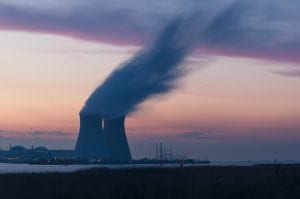
4. East and west are both to blame.
China and the US are the two main culprits in pushing carbon dioxide out into our atmosphere. In fact, the US is extremely wasteful – as it produces 30% of all known waste on the planet. This is surprising, given that the country only makes up around 5% of the total global population.
5. There’s such a thing as ‘garbage island’, and it’s massive.
There is a garbage patch floating out in the Pacific which is double the size of the USA. Some refer to it as the Great Pacific Garbage Patch. To this day, this continent-sized plastic landfill continues to float on.
6. Big companies are reducing plastic to help out.
Many businesses and household brands are under pressure to move away from single-use plastics. Some companies, such as beer giants Carlsberg and Guinness, have reduced the plastic on their home beer packaging by sticking their cans together with glue.
7. Sir David Attenborough helped to raise mass awareness of plastic pollution.
The BBC documentary Blue Planet II, helmed by the legendary Sir David Attenborough, brought the rising impact plastic is having on our oceans and wildlife to a wider audience. It’s thought that around 100 million marine and ocean animals die each year due to ingesting plastic waste.
8. Millions are still drinking dirty water to survive.
Dirty and contaminated water continues to be the only source of hydration for many communities across Africa and Asia. In fact, around half of China is still having to drink water without filtration.
9. India has a part to play.
India, too, is a prime culprit in global pollution. Up to 80% of the country’s waste from urban areas is flushed into the River Ganges, a river considered sacred to its citizens.
India’s air pollution, too, continues to be a major worry. It is thought to be responsible for up to 25% of the total deaths in the country at any given time.

10. More and more cars are hitting the road.
While there are continued pushes to convert more vehicles on the road to electricity, it is likely that there will be a billion cars on our roads by 2030. This is around double the amount of cars driving around at the time of writing.
11. The Mississippi is a big polluter.
The Mississippi River is a key culprit in some of the US’ worst water pollution. It’s thought that the river transports over 1.5 million tons of nitrogen in its water across to the Gulf of Mexico. This has led to what some people refer to as the Gulf’s ‘dead zone’.
12. It’s grim in the Gulf.
The Gulf of Mexico is also at high risk of suffering from oil spills. This means the water, of course, gets even more polluted, even without help from the Mississippi River.
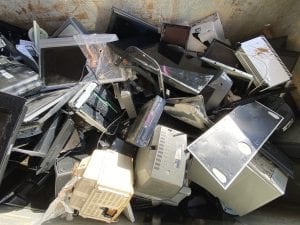
13. Even tech waste is an issue.
Electronic waste continues to be a pressing issue across the world. Thanks to an increase in the number of devices people use across the globe, more and more of us are throwing household units away when it becomes time to upgrade. Smartphones are only part of the problem. Think about old computers and TVs, too! It’s thought that over 50 million tons of electronic waste alone was produced during 2012.
14. There’s a 50/50 chance an American river will be unsafe to fish in.
Between 40% and 50% of the US’ rivers and lakes are considered too unhealthy to swim or fish in – because they are so heavily polluted. This also means, of course, that there is no room for marine life.
15. Staggering numbers of mammals’ lives are at risk.
It’s thought that more than 100 million mammals are at risking of dying directly from pollution each year.
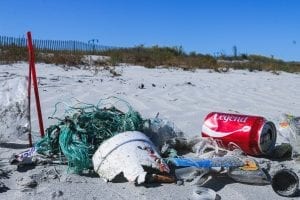
16. It’s similar for birds.
The death toll for seabirds, too, does not make pleasant reading. It is thought that over a million of these birds die each year as a result of the pollution we are pumping into our atmosphere.
17. A worrying fraction of oil delivered actually spills.
Around one ton in every million tons of oil which ships is thought to waste in the form of spillages.
18. Are pesticides actually working?
It’s thought that there is little point to using pesticides on certain crops, such as corn grown each year. It’s said that US corn is treated with up to 41% of insecticides available in the country. It’s however also thought that around 80% of these are inefficient, as they are used to kill insects which could divert through crop rotation alone.
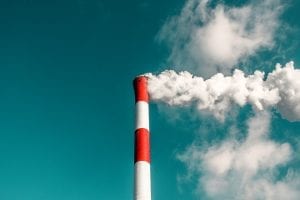
19. Could pesticides be harmful to people?
It’s thought that pesticides are extremely harmful to human life, too. Studies have shown that up to 100 different pesticides in water and air could cause cancer and birth defects.
20. Single-use plastic is the new enemy.
It takes around 500 years for a single water bottle to decompose. This is a key example of a single-use plastic, which many people and businesses are clamping down on in light of shocking statistics regarding our oceans and marine life.
21. What gets thrown away in China, affects the skies in America.
It’s thought that China’s pollution is having an active effect on the weather that people experience in the US. That’s because of jet streams – as it’s thought it can only take around five days for streams to carry pollutants from China into the US atmosphere.
In fact, up to 65% of people dying in Asia do so through connection to pollution. Air pollution is a major issue which is affecting more than just China alone.
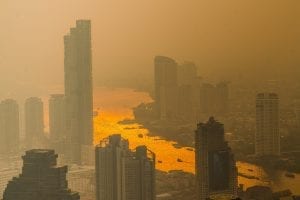
22. Air pollution is a big killer in North America.
According to official figures, the people of Mexico, too, are at risk of fatalities through air pollution. It is thought to help claim around 6,400 lives each year on average.
23. Many animals at sea are used to plastic – a horrifying thought.
Almost all bodies of sea turtles found in the wild have reportedly ingested or have been in contact with plastic. This applies to around 50% of seabirds, too.
24. Plastic waste is increasing.
We’re using more and more plastic each year. It’s thought that our yearly consumption has been increasing 10% each year over the past two decades.
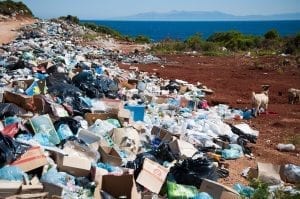
25. The US, China and India are not solely to blame for pollution.
It is not just the US who is throwing unnecessary rubbish away into the environment. Average families across Europe and Australia, too, are thought to contribute a ton of waste – at least – year in, year out.
26. Dirty water is causing mass fatalities.
Dirty drinking water, as mentioned, is a huge problem in communities across the world. So much so, in fact, that it’s thought around 5,000 people die each day as a result of drinking contaminated H2O. Around a billion people across the world still don’t have access to clean water to drink.
27. It’s just as big an issue in America.
Contamination happens in the US, too. It’s thought that around 1.2 trillion gallons of dirty water – sewage that is untreated, and water from storms, as well as industrial waste – makes its way into American waterways each year.

28. Rainforests are still being felled on mass.
The world’s rainforests, which help to provide much of the planet’s oxygen, are continuing to face threats. Despite action to protect and replant trees, and to save habitats of many of the world’s most diverse species, it appears that around 100 acres of forest are felled each minute.
29. In developed areas, your lung cancer risks increase massively.
If you live in an area which has a high population and which has a lot of air pollution, you are 20% more likely to develop and die from lung cancer than those living in less dense populations.
30. Fresh air in Beijing is a novel concept.
Simply breathing in air in the city of Beijing will have the same effect on your lungs as smoking 21 standard size cigarettes for the day.
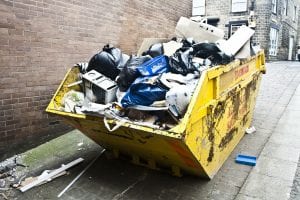
31. Looking at China from space, what can you see?
Another shocking statistic is the fact that – despite claims to the contrary – you can’t see the Great Wall of China from space. However, you can see its pollution from this distance.
32. One continent is remarkably clean on pollution (for obvious reasons).
The cleanest place on the planet right now – with the lowest pollution levels – is Antarctica. This is partially thanks to its lack of built-up communities, but also thanks to its stringent anti-pollution measures.
33. Recycling DOES matter!
The importance of recycling has never been understated. It’s thought that around 80% of waste currently sitting in landfill could be better shared across recycling plants. Changing your habits even slightly in this regard could make a huge difference.
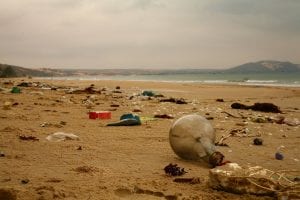
34. Pollution is more than an outdoor problem.
Pollution doesn’t just occur outdoors. It can also happen inside our homes and buildings. For example, indoor cooking fires, which can occur in nations and countries without proper ventilation, may kill up to two million people each year. This is on par with the death rate for some chronic and tropical diseases.
35. You’re likely using dangerous chemicals at home.
In fact, homeowners are more likely to use toxic chemicals than farmers who are out in the open. On average, you may be using products that are ten times as toxic as those being use out in fields and wide open spaces.
36. You’re actually host to more than a few.
Your body is likely to play host to up to 500 different chemicals which are new to this century. That means you are likely to be ingesting chemicals which were not a part of the planet’s ecosystem, or which were not available on shelves, in 1920. In fact, there are more than 75,000 different chemicals, man-made, which are available to buy off the shelf today.
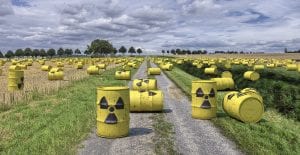
37. Government bodies are no better.
It’s thought that the US Defense Department generates more pollution than any other body in the world. That’s because they create tons of hazardous chemical waste each year.
38. China is the planet’s CO2 capital.
However, China remains the biggest culprit, as mentioned, when it comes to CO2 emissions. This is largely thanks to their dense population. However, the US is in second place – and China, while home to many more people than the US, depends less on fossil fuels, and therefore creates different types of emission.
39. Toothbrush waste is a major issue.
Think carefully about how often you change your toothbrush, as well as what it’s made of. It’s thought that around 50 millions lbs in plastic toothbrush waste contributes to US landfill each year. Many people have started making changes in the sense that they can now buy toothbrushes made from bamboo, which is environmentally friendly and which doesn’t choke the atmosphere or our waters.

40. Hope is on the horizon.
There’s good news, however – as recycling action and waste composting has helped to cut down on millions of tons of rubbish normally set for landfill. It is perfectly possible for individuals to make a mark on pollution and on the way that we are treating our planet.
41. Electric cars are on the way.
Moves in the automotive industry, such as those from Tesla, are pushing to bring electric vehicles to the masses. What’s more, carpooling is growing more popular, with people using services such as Uber Pool to take cars off the road.
42. It takes a pandemic…
The COVID-19 crisis had actually shown pollution start to clear from over China – before returning again. This, it is thought, is due to social distancing measures, where people are encouraged to stay indoors and away from work, to avoid the spread of the deadly coronavirus.

43. It’s a fight we can all win together.
Everyone can do their part to fight back against pollution, no matter how small. It all starts with considering how much single-use plastic you consume, as well as how often you recycle. Simply being mindful of the waste you create could have a huge knock-on impact for the recovery of the planet.
FAQs about Pollution
Where does the word pollution come from?
The word pollution stems from the Latin word pulluere. Translated, this means to defile or soil.
Is all pollution due to mankind?
Natural events contribute to the problem too! Examples are forest fires and volcanoes. They pour huge amounts of smoke and ash into the atmosphere.
How do we stop pollution?
Stopping pollution isn’t easy, but it all starts with reducing trips on the road and using gas, burning rubbish and ending the use of one-use plastic containers.
Do you know any interesting facts about pollution? Share them in the comments below!
